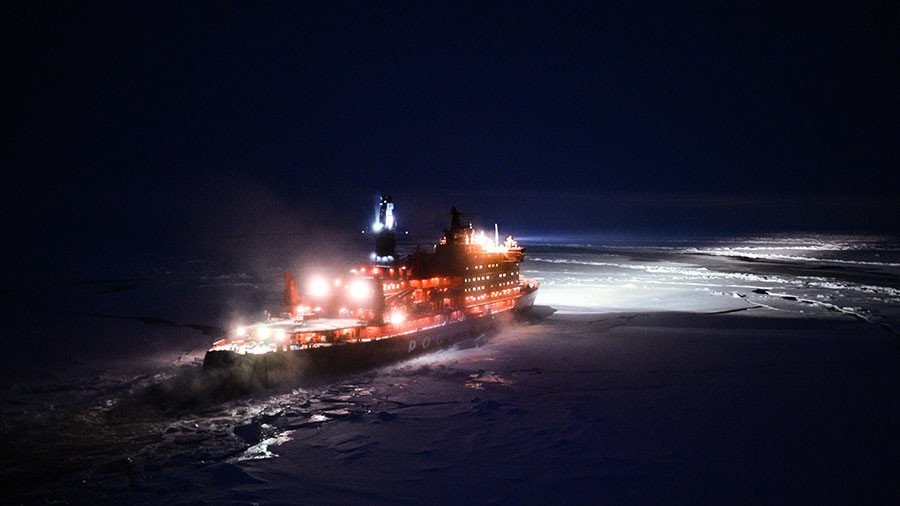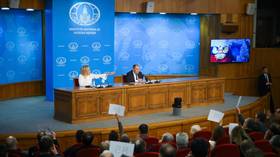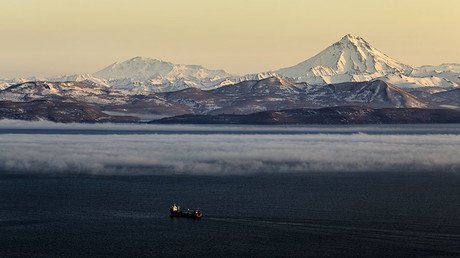Cargo transit along Russia's Northern Sea Route expected to rise by 50% this year

The major sea passage in the Russian Arctic, the Northern Sea Route, is seeing significant growth in cargo flow, according to Deputy Head of Maritime and River Transport Yury Kostin.
From the current 9.93 million tons, “I would forecast the cargo flow at 12-14 million tons in 2018,” he told TASS, adding that “most likely it would be even bigger.”
Kostin said there was almost 200-percent growth since the first quarter of 2017. “The main cargoes are minerals, food and fuel to local settlements, and transit shipments,” he said, adding that more than 660 licenses were issued last year for the route’s transit.

The Northern Sea Route, which stretches the entire length of Russia’s Arctic and Far East regions, is expected to become a major trade route for goods shipped between Europe and Asia.
In March, Russian President Vladimir Putin said that the route would become “the key to the development of the Russian Arctic regions of the Far East.”
Putin said the goal was to make it a “truly global, competitive transport artery” and to significantly increase its cargo traffic up to 80 million tons a year. Ships will mainly transport liquefied natural gas (LNG), oil, and coal.
In 2016, the amount of cargo transported via the Northern Sea Route exceeded the Soviet record, reaching 7.5 million tons. The Arctic route from Southeast Asia to Europe cuts transportation time in half compared to traditional routes through the Suez and Panama canals. In Soviet times, the route was used mainly to supply goods to isolated settlements in the Arctic.
In 1991, the Northern Sea Route was opened to international shipping, though in official Russian documents, it was defined as a “historically established national transport communication.”
For more stories on economy & finance visit RT's business section














